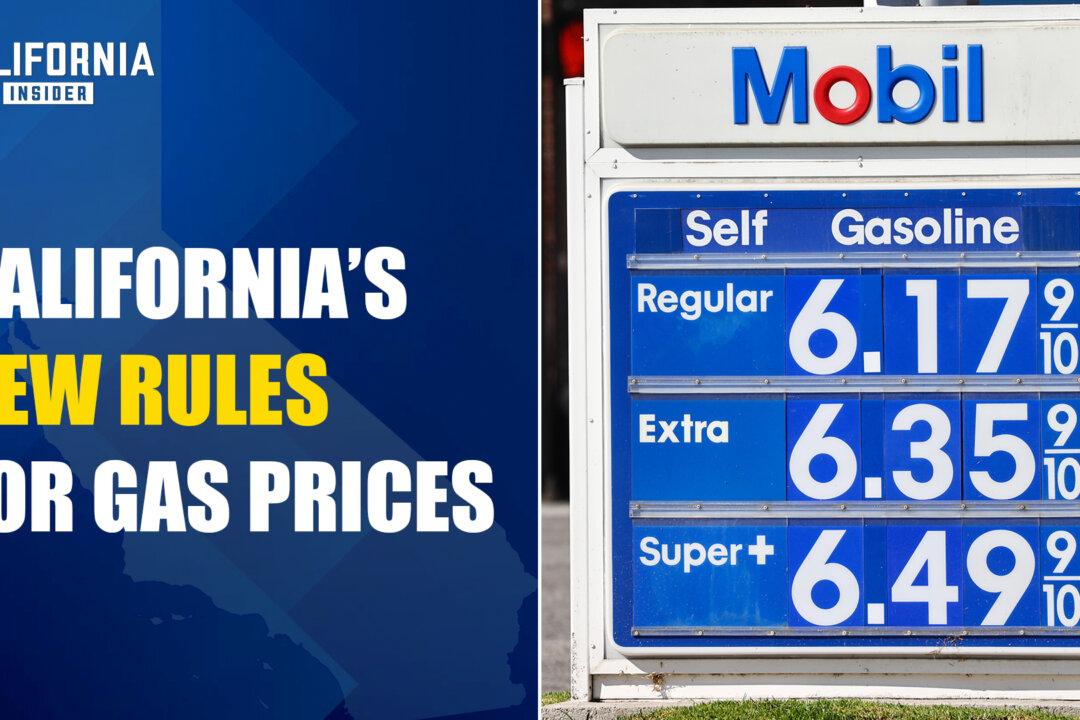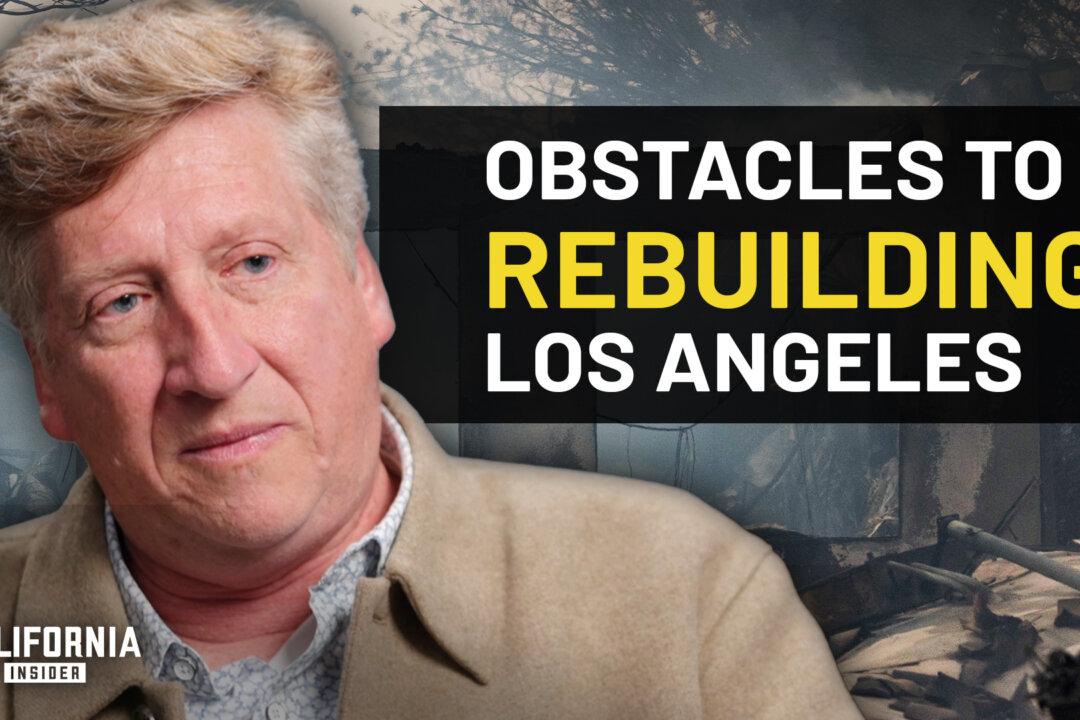Video’s Chapters:
0:00 - New Rules Could Increase Gas Prices by 50 Cents Per Gallon
2:19 - Why the State Wants to Raise Gas Prices
3:23 - California Wants Clean Air but Buys Solar Panels and EVs from China
4:33 - California Plans to Stop Domestic Oil Production





